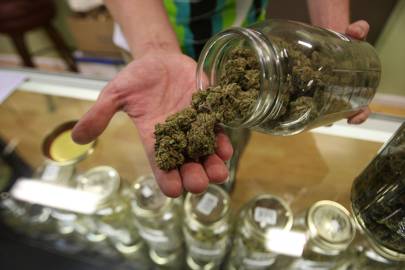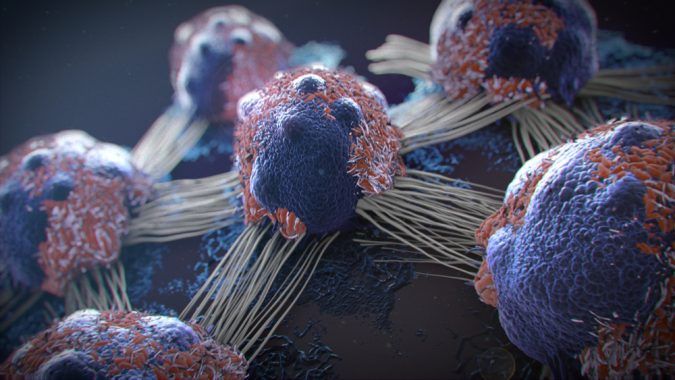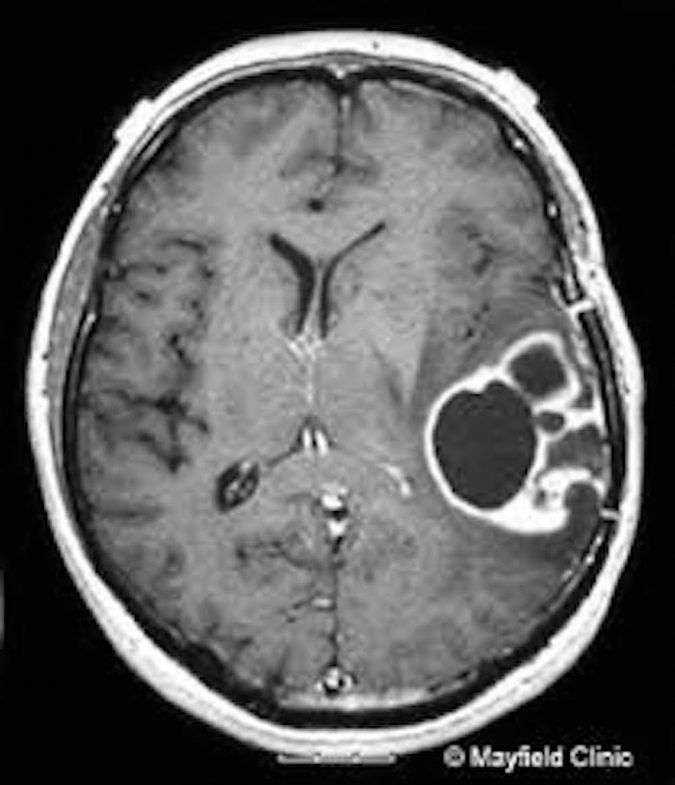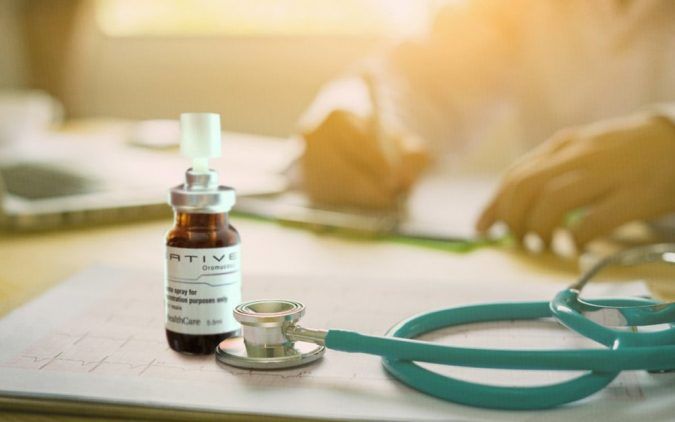Vicki
Herbal Alchemist
While this article is not about cannabis, with the new findings on how cannabis can destroy cancer cells, it does show the stark contrast between pharma drugs and cannabis as a treatment.
Opiate Painkillers May Encourage Spread Of Cancer
New research from the US adds weight to the growing body of evidence that opiate-based painkillers like morphine, which has been used to treat postoperative and chronic cancer pain for two hundred years, encourage cancer cells to grow and spread. If confirmed with clinical studies, these findings could change the type of anasthetics given to cancer patients during surgery and the type of painkillers they use afterwards.
Two new studies, presented last week at the "Molecular Targets and Cancer Therapeutics" meeting in Boston, Massachusetts, held by the American Association for Cancer Research, the National Cancer Institute, and the European Organization for Research and Treatment of Cancer, showed how shielding lung cancer cells from opiates reduced cell proliferation, invasion and migration in cell cultures and in mice.
The studies were the work of Dr Patrick A Singleton, principal author of both studies and assistant professor of medicine at the University of Chicago Medical Center, and colleagues.
The idea that opiates may play a role in cancer spread and recurrence has been gaining ground since 2002 when a palliative care trial showed that patients given spinal rather than systemic pain relief lived longer, the researchers told the press.
Soon after that trial, a colleague of Singleton's, anesthesiologist Jonathan Moss, observed that patients who were given a selective opiate blocker in a compassionate-use protocol lived longer than doctors had expected.
And more recently, two retrospective studies showed that breast and prostate cancer patients who were given regional rather than general anesthesia had fewer recurrences.
Singleton said the two new studies point to the mu opiate receptor, where morphine works, as a potential therapeutic target.
He told the press that:
"If confirmed clinically, this could change how we do surgical anesthesia for our cancer patients."
He said the findings also suggest potential new uses for a new type of drug that blocks the receptor.
Moss had been treating his patients with methylnaltrexone MNTX, a modification of a drug that blocked morphine so it could not get through the protective barrier that surrounds the brain.
MNTX was developed in the 1980s by the late University of Chicago pharmacologist Leon Goldberg to treat opiate-induced constipation. The drug blocks the side effects of morphine without interfering with its ability to reduce pain.
Moss recalled that the patients had advanced cancer and an estimated life expectancy of up to two months, "yet several lived for another five or six".
"It made us wonder whether this was just a consequence of better GI [gastrointestinal] function or could there possibly be an effect on the tumors," he added.
Thus with other colleagues at the University of Chicago, Singleton and Moss started to look at the peripheral effects of opiates and how to block them.
Lab studies show that morphine directly boosts tumor cell proliferation and inhibits immune response.
Singleton, Moss and colleagues found that opiates also made it easier for tumors to invade new tissue and spread and establish themselves in new locations by stimulating angiogenesis (the growth of new blood vessels) and decreasing barrier function (natural resistance presented by structures like the endothelium, the lining of blood vessel walls).
For the two studies, they focused on the mu opiate receptor as a regulator of tumor growth and spread and examined the ability of MNTX to regulate these effects.
They used two different models of of non-small cell lung cancer and showed that MNTX inhibited the tumor-promoting effects of opiates.
In one study, they used bronchioloalveolar carcinoma cells and showed that MNTX blocked cancer-promoting signals and stopped tumor cell proliferation and migration.
In the other study they used Lewis lung carcinoma cells and showed that mice bred without the mu opiate receptor did not develop the tumors that normal mice did when injected with the cancer cells.
They also went on to show that MNTX reduced proliferation of cancer cells by 90 percent in normal mice and stopped invasion in cell culture and tumor growth and spread in mice.
As a result of the second study, the researchers concluded that MNTX reduced the ability of the opioid receptor to stimulate growth, angiogenesis and spread of the Lewis lung cancer tumor.
They suggest that if their observations are confirmed clinically, this may have a profound effect on the type of anasthetic cancer patients should be given during surgery and the type of painkillers they receive afterwards.
Source: University of Chicago Medical Cente
Wow, just wow...






